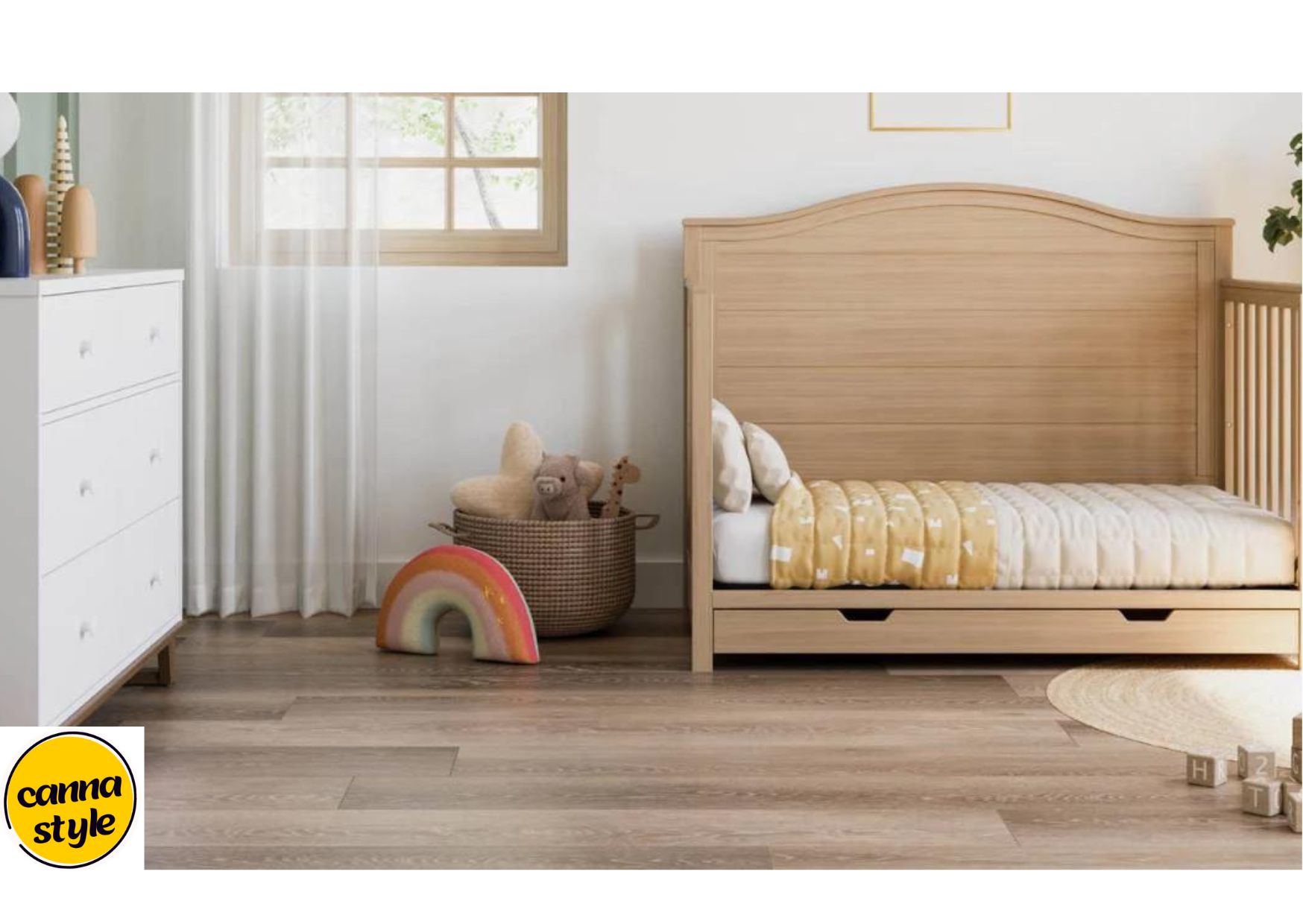The main room fills in as a safe-haven inside your home, a retreat where you can loosen up, unwind, and restore. Picking the right master bedroom size is significant for making an agreeable and useful space that addresses your issues and improves your way of life.
Importance of Bedroom Size
Comfort and Relaxation
A roomy main room considers agreeable development and situation of fundamental furniture like a bed, dressers, and seating regions. It advances unwinding by giving more than adequate space to loosen up in the wake of a difficult day.
Functionality
Past resting, a very much estimated main room obliges extra capabilities like perusing, telecommuting, or working out. It offers adaptability to customize the space as per your way of life and inclinations.
Standard Master Bedroom Sizes
Dimensions and Square Footage
Main rooms commonly range from 200 to 400 square feet in size, contingent upon compositional format and local structure principles. Understanding these aspects helps in arranging furniture game plan and capacity arrangements.
Ideal Dimensions
A rectangular main room with aspects around 14 feet by 16 feet (224 square feet) gives a reasonable format to most furniture designs. Bigger rooms, like 18 feet by 20 feet (360 square feet), offer sweeping choices for furniture and plan components.
Factors Influencing Bedroom Size
Home Layout and Architecture
Consider the general floor plan of your home and how the main room coordinates with contiguous spaces like en-suite restrooms, stroll in wardrobes, or sitting regions. The size ought to supplement these regions for a strong plan.
Personal Preferences
Your way of life and day to day schedules impact the best size of your main room. Whether you focus on openness for unwinding or smallness for insignificant upkeep, adjusting size to individual inclinations is critical.
Design Considerations
Furniture Placement
Distribute space for a ruler or sovereign estimated bed with bedside tables on one or the other side. Leave adequate space for walkways around the bed and simple admittance to storerooms or capacity units without feeling squeezed.
Natural Light and Ventilation
Position windows to amplify normal light and ventilation, upgrading the room’s mood and solace. Consider introducing draperies or blinds that supplement the room’s style while giving security.
Customizing Your Master Bedroom
Layout Options
Investigate format choices that enhance space productivity and usefulness. Consolidate worked away arrangements like wardrobes with sliding entryways or under-bed drawers to expand floor region.
Decor and Aesthetics
Select a variety range and stylistic layout style that mirrors your own taste and upgrades unwinding. Use lighting installations, region floor coverings, and wall workmanship to make a durable and welcoming environment.
Practical Tips for Bedroom Size Selection
Measuring and Planning
Measure accessible space precisely prior to choosing furniture or arranging redesigns. Use floor plans or computerized instruments to picture different format arrangements and furniture positions.
Future Considerations
Expect future requirements, for example, developing family size or maturing set up while deciding room size. Plan with adaptability to oblige changes in way of life or family elements after some time.
Conclusion
Picking the ideal master bedroom size includes adjusting utilitarian requirements, individual inclinations, and plan contemplations. Whether you focus on openness for unwinding or proficiency for day to day schedules, smart arranging guarantees your room turns into an amicable retreat inside your home.







